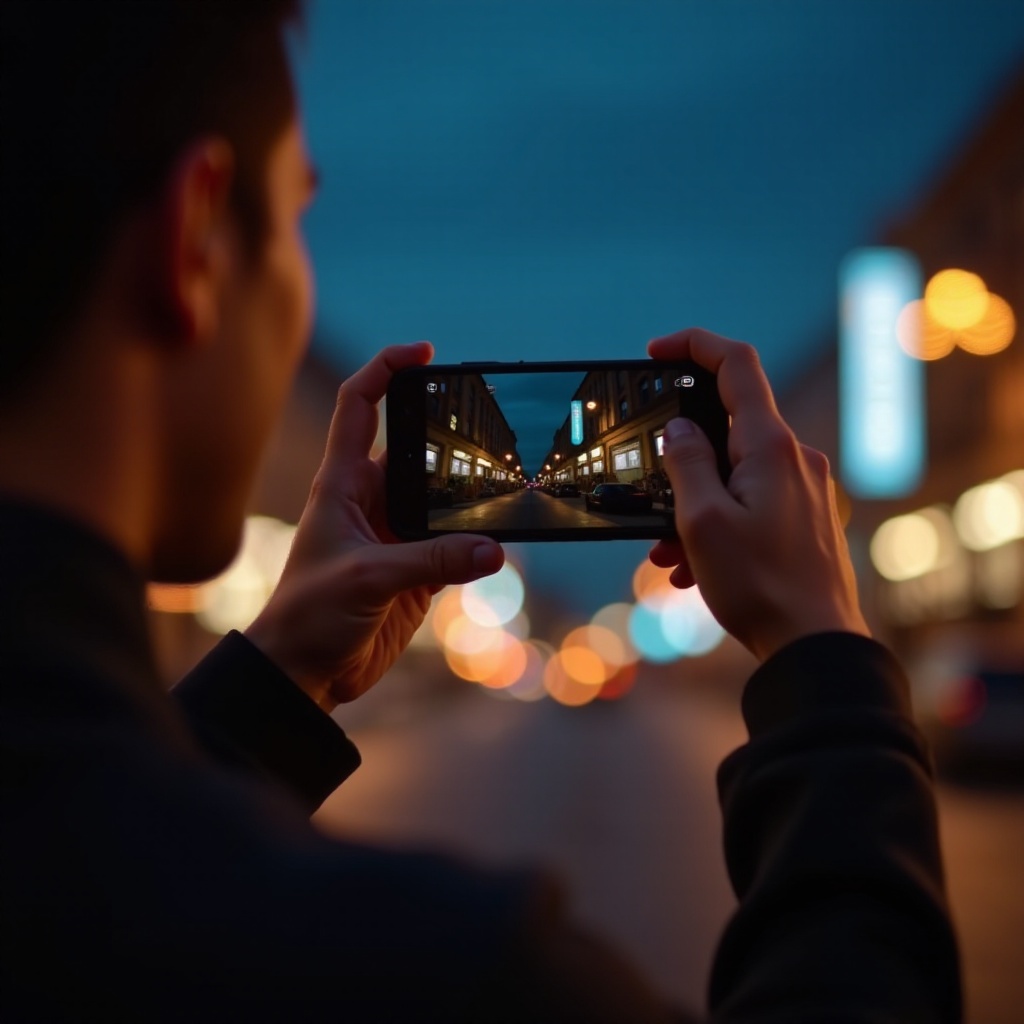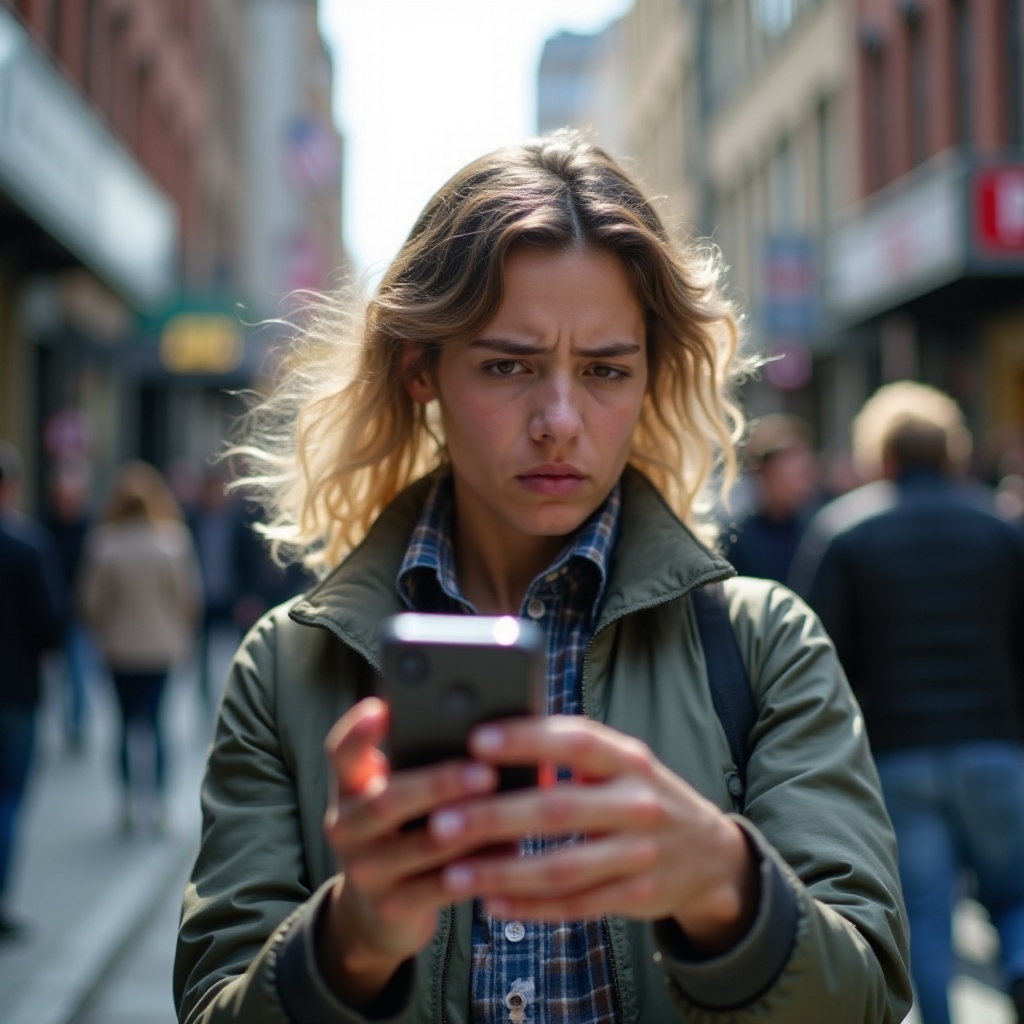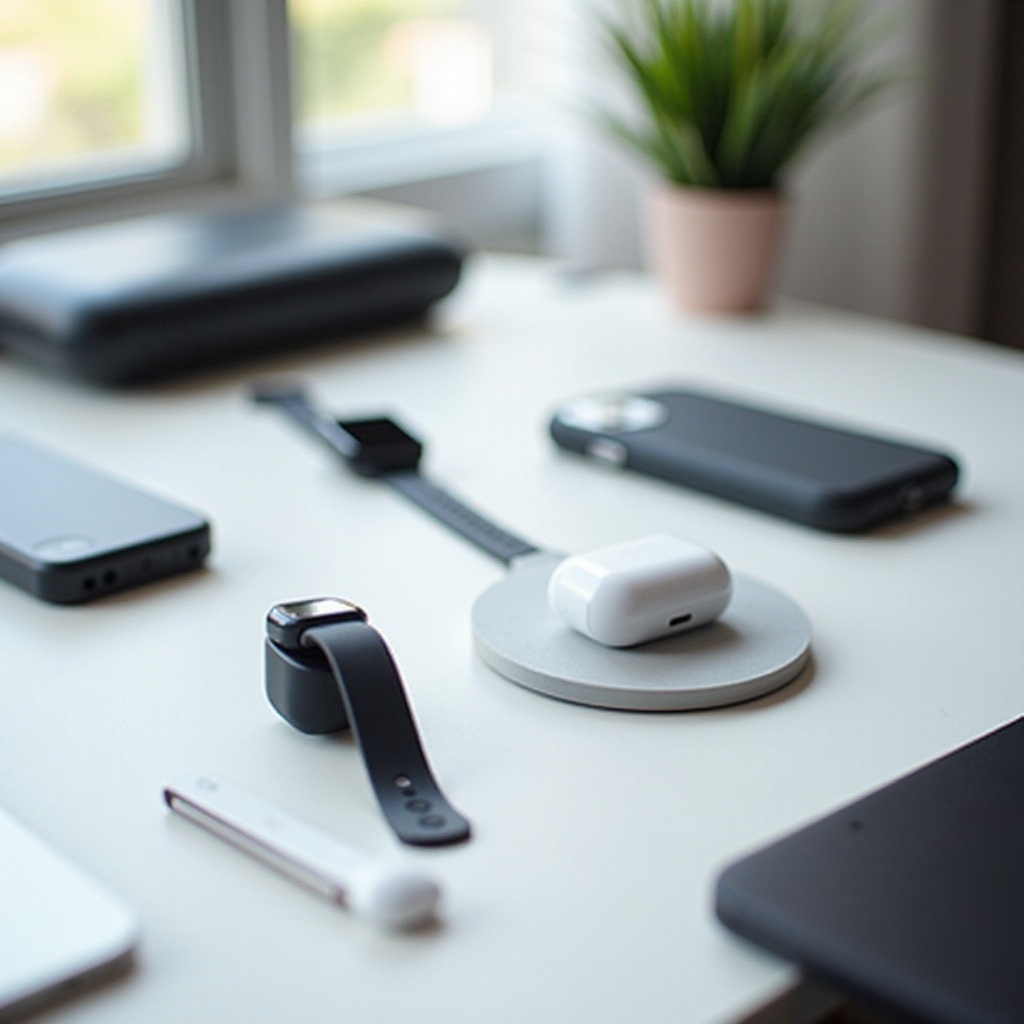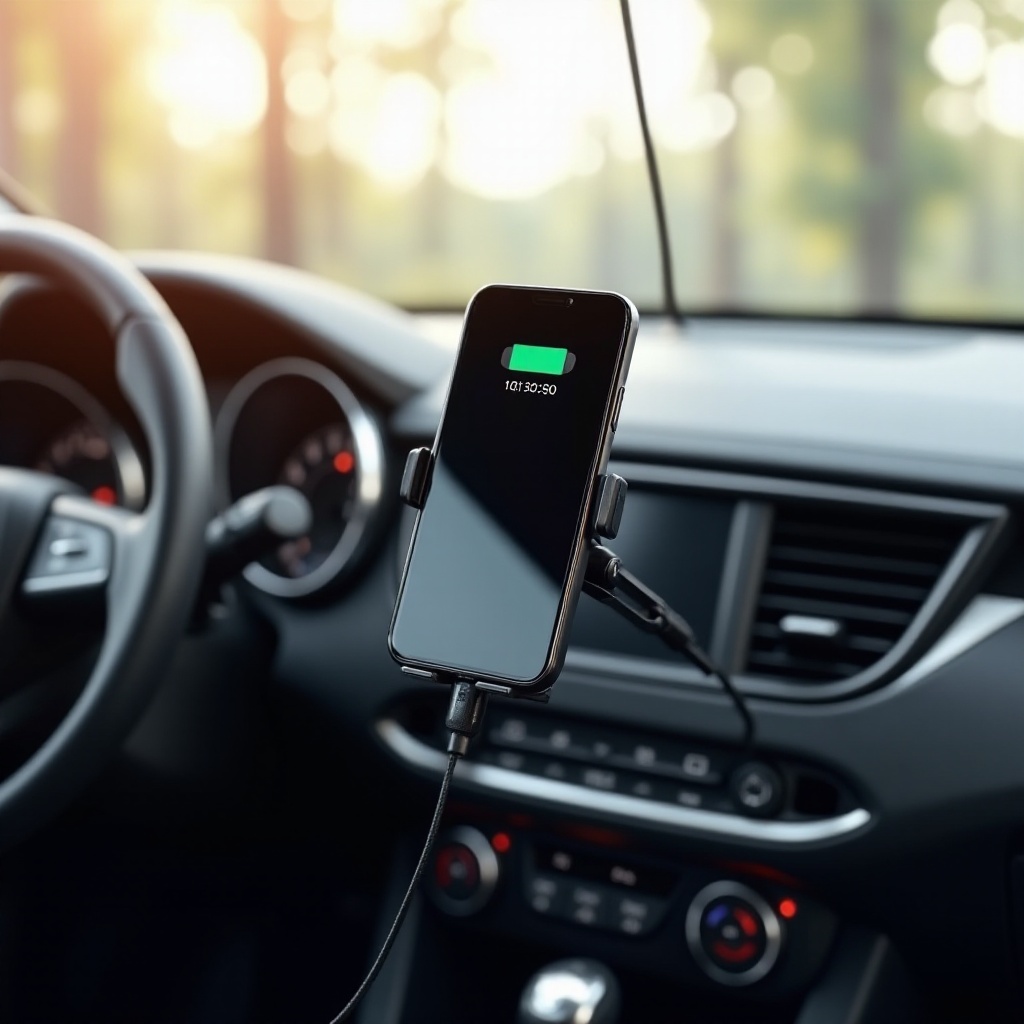Introduction
Apple introduced the first iPhone in 2007, and it changed the smartphone landscape forever. One of the key features that Apple highlighted was the iPhone's camera. Many people are curious whether the first iPhone had a camera and how it compared to today’s smartphone cameras. In this article, we will explore the specifications of the first iPhone camera, how it stood up against other contemporary smartphones, users' initial receptions, and how the iPhone's camera technology evolved over the years.
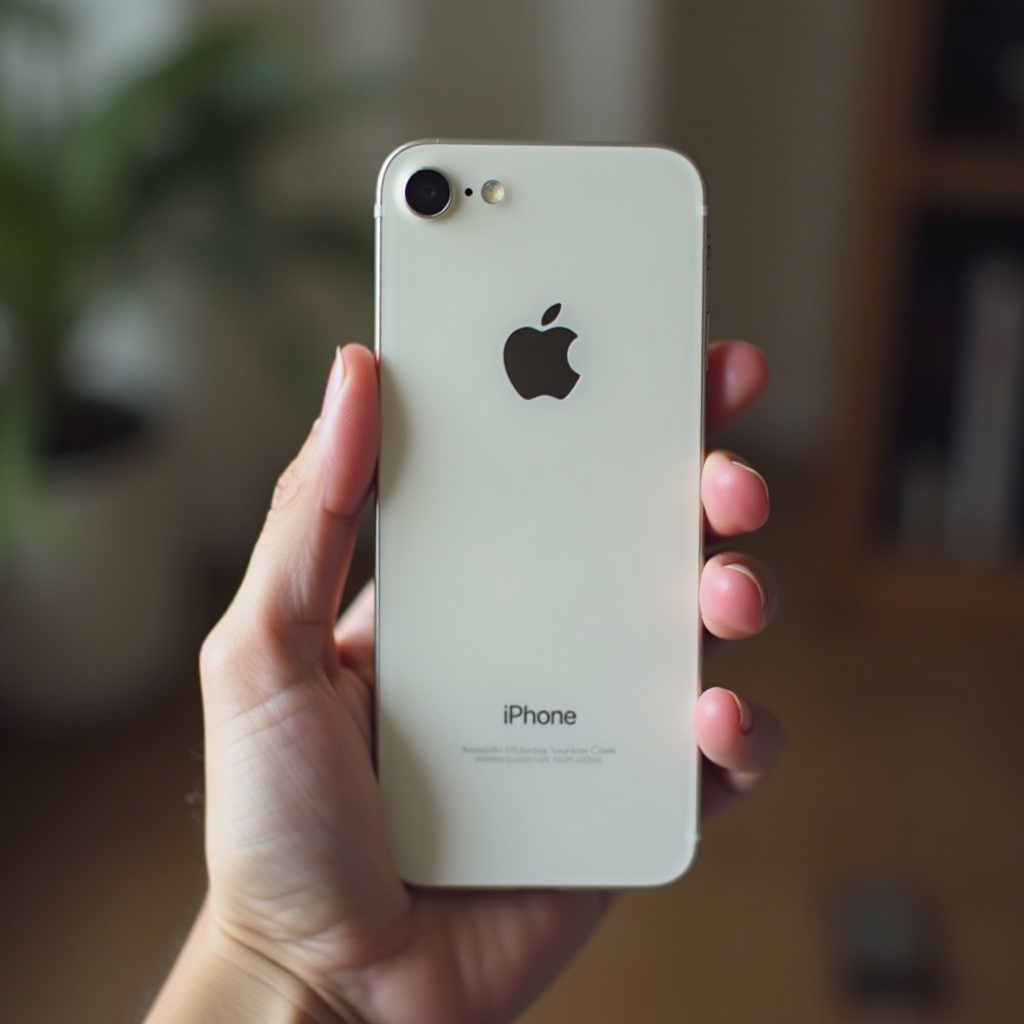
The Launch of the First iPhone
The first iPhone launched on June 29, 2007. Apple revolutionized the tech world with its touchscreen interface and intuitive user experience. The product presentation, led by Steve Jobs, emphasized a seamless device merging phone capabilities, an iPod, and an internet communicator in one gadget. A core part of this device was its 2-megapixel camera, a far cry from today's multi-lens smartphones but a significant feature at the time.

Technical Specs of the First iPhone Camera
The camera on the first iPhone was indeed basic according to modern standards. Here’s a quick overview of its tech specifications:
- Resolution: 2 megapixels
- Zoom: No digital or optical zoom
- Flash: No flash
- Auto Focus: No autofocus
- Video Recording: No video recording capability
- Image Quality: Basic image quality with no HDR or low-light enhancements
The lack of functionalities like zoom, flash, and video recording did not take away from the excitement. During its time, the camera enabled users to capture moments in ways phones hadn’t before.
Comparison with Contemporary Smartphones
In 2007, other smartphones like the Nokia N95 were equipped with more sophisticated camera features, including video recording and higher resolutions. However, what the iPhone lacked in camera hardware, it made up for with its fluid and straightforward user interface. Apple focused on ease of use, removing the need for complicated settings, which attracted a broad user base. This strategic decision allowed users to benefit from a seamless experience, compensating for the basic hardware.
User Experience and Initial Reception
Despite its limited features, the first iPhone camera received relatively positive feedback due to its straightforward usability. Users appreciated the hassle-free point-and-shoot functionality.
Early Adopter Feedback
- Many users enjoyed capturing everyday moments without the need for camera expertise.
- Initial reviews noted the camera’s limitations but praised Apple for pushing the boundaries of integrated technology.
The Evolution of iPhone Cameras Over the Years
Apple continuously evolved its iPhone cameras, improving with each new model. The journey from a simple 2-megapixel camera to state-of-the-art multi-lens arrangements showcases Apple’s commitment to innovation.
Major Updates and Innovations
- iPhone 3GS: Introduced video recording.
- iPhone 4: Added a 5-megapixel camera with an LED flash.
- iPhone 7 Plus: Featured a dual-lens system.
- iPhone 11 Pro: Presented a triple-camera system and introduced night mode.
- iPhone 13 Pro: Enhanced its system with improved low-light capability and macro photography.
User Reception of Camera Improvements
Over the years, each iPhone iteration received consistently positive reviews for its camera advancements. Consumers adopted iPhone cameras not just for personal use but also in professional settings.
Influence on Mobile Photography Trends
The iPhone cameras have significantly influenced photography trends:- Social Media: Encouraged the growth of visual content on platforms like Instagram.- Content Creation: Enabled a new generation of content creators and influencers.- Photography Techniques: Introduced new photographic techniques to everyday users, making sophisticated photography accessible.
Conclusion
The first iPhone did have a camera — a simple, 2-megapixel lens that marked the beginning of a revolution in mobile photography. While its capabilities were limited, it laid the foundation for future innovations. Today, iPhone cameras are among the best in the smartphone industry, reflecting Apple’s continual commitment to enhancing user experience and technology.
Frequently Asked Questions
How does the first iPhone camera compare to today’s smartphone cameras?
The first iPhone camera was a 2-megapixel camera with no flash, zoom, or video capabilities. Today’s iPhone cameras, such as those on the iPhone 13 Pro, feature multiple lenses, high-resolution sensors, advanced software processing, night mode, HDR, and 4K video recording capabilities. The advancements are significant, providing enhanced photo quality and extensive features.
What notable photos were taken with the first iPhone?
While the first iPhone's camera was quite basic, it quickly found use in capturing spontaneous everyday moments. It did not produce high-resolution images suitable for professional photography, but many early iPhone users fondly remember capturing significant personal moments.
Why was the first iPhone camera significant in the history of smartphones?
The first iPhone camera was significant because it signaled a shift in how users interacted with their phones, integrating a user-friendly camera in a device primarily known for communication. Although technically modest, it was an essential step towards making high-quality mobile photography mainstream and accessible.
